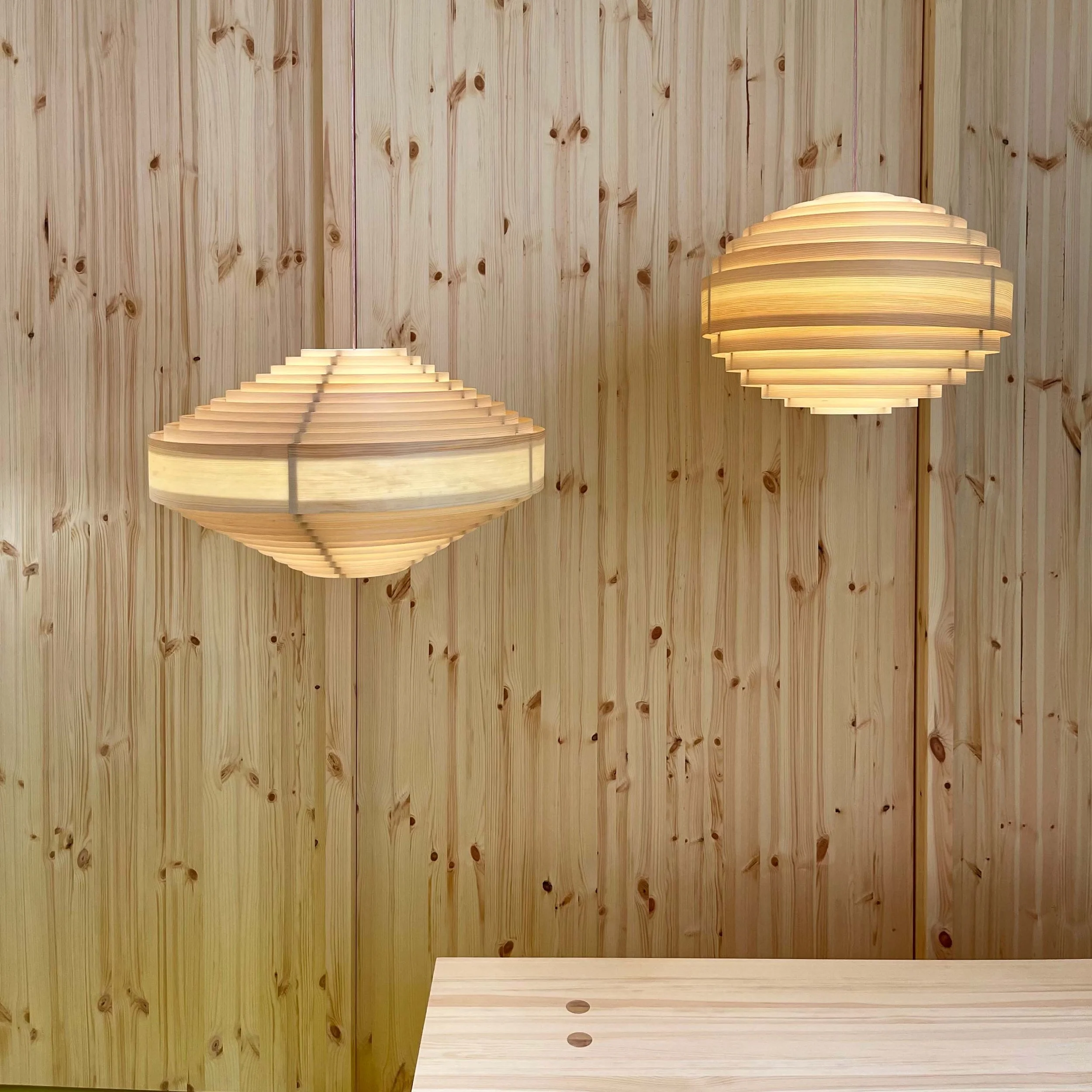Internalized Nature
Well-being has been a growing trend for a long time, and after the pandemic the trend has grown from being one trend alongside others, into being a major priority for people all over the world and an overarching global trend. The pandemic sent us in lockdown, where we worked at home and spent more time in nature than usually; hiking, exercising or just being. And along with the rise in outdoor activities, our interest in nature surged, and we were reminded of our interdependence with nature.
This focus on well-being, as well as our increased feeling of connectedness with nature, was also represented at Milan Design Week. Designers have been interested in biophilic design for some years now, and plants (lots of plants!) has been a way to integrate more nature into our interior spaces to spur well-being. But this year there were less plants, and the focus on nature seems to have become more ‘internalized’ by designers.
Nature in spatial design has moved from being something we add in the shape of plants, to have become incorporated into the actual design of objects and elements of an interior. Furniture and objects created in natural, organic, and sustainable materials were everywhere, and many designs mimicked natural and organic shapes and structures. The focus on well-being and the awareness of our reliance on nature is a trend that’s difficult to oppose; but if you’re not completely won over by the organic and ‘blobby’ shapes, you should at least go for the natural and sustainable material options.














